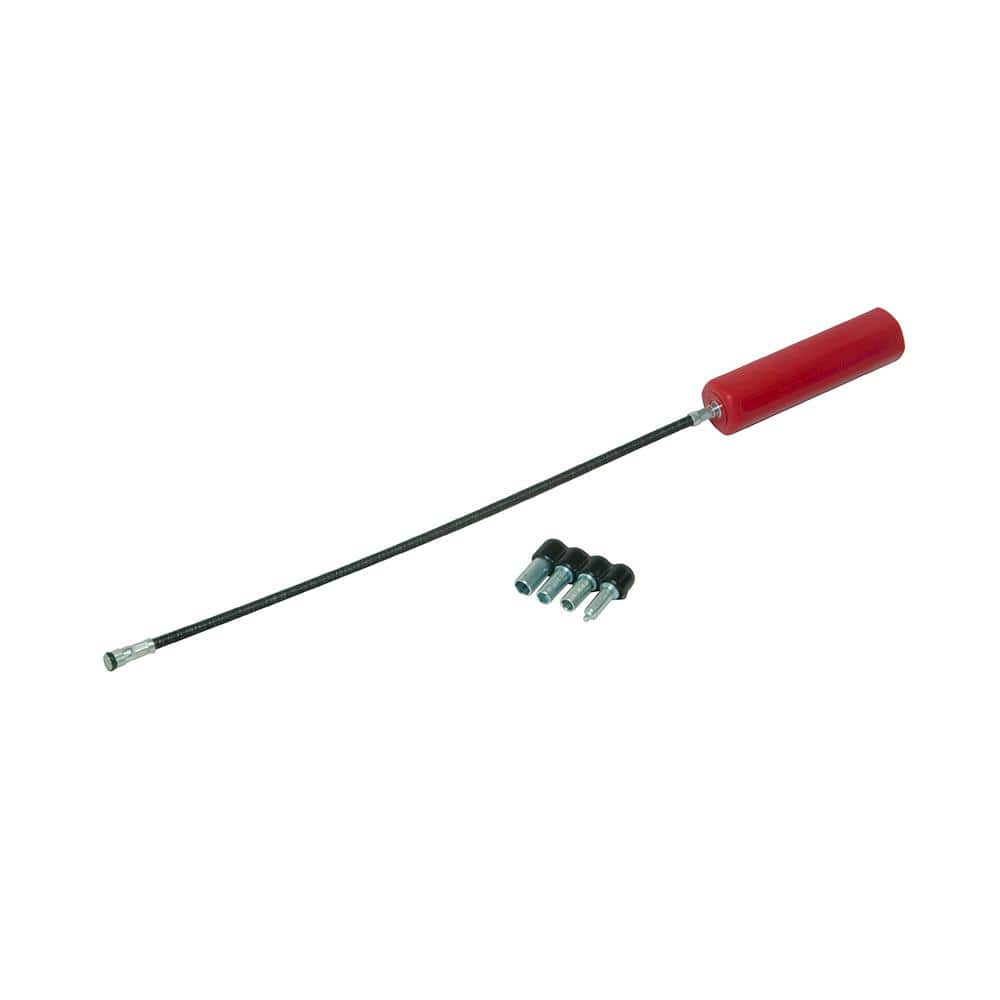I have an new engine and intake system replacement ready for a next-spring project. However, I wanted to check the existing setup so I can be an educated seller.
I setup my Innovate wide band AFR with the sensor up the tail pipe (no bung I’m down pipes).
The numbers I got were a bit of a shock, and I wanted feedback from others on this:
Setup: stock 197430CS with a newer head from the mid 1980’s, and Weber DGVA carbs and OE air cleaner. Emissions equipment removed but everything else stock. Bottom end has 138k miles. Doesn’t seem to smoke on engine braking or accel, and no blue when started up after sitting overnight. I would say no excessive blow by either based on inspecting the inside of the air cleaner housing.
Here are my numbers
Idle, 12.2 to 1
Steady 50mph cruise in 4th gear on level ground, 11.7 to 1
WOT in second gear, 9.3 to 1
WOT in 4th starting at 2000rpm, 9.0 to 1 (NINE TO ONE).
I’ve never had a car running that rich before!
My worst is an old Jag that goes down to 11.5 to one at WOT at redline.
i will pull the plugs when I get home but expect them to be nasty. Tail pipe is pretty black.
Car drives ok, but misfires a bit above 4000rpm and greater than 2/3rds throttle.
MPGwas around 17 on a recent 250 mile trip (avg speed in the high 70’s). Car starts on first turn of the starter motor and idles fine.
don’t bother telling me the car is running rich enough for a 50 HP nitrous setup.
John
I setup my Innovate wide band AFR with the sensor up the tail pipe (no bung I’m down pipes).
The numbers I got were a bit of a shock, and I wanted feedback from others on this:
Setup: stock 197430CS with a newer head from the mid 1980’s, and Weber DGVA carbs and OE air cleaner. Emissions equipment removed but everything else stock. Bottom end has 138k miles. Doesn’t seem to smoke on engine braking or accel, and no blue when started up after sitting overnight. I would say no excessive blow by either based on inspecting the inside of the air cleaner housing.
Here are my numbers
Idle, 12.2 to 1
Steady 50mph cruise in 4th gear on level ground, 11.7 to 1
WOT in second gear, 9.3 to 1
WOT in 4th starting at 2000rpm, 9.0 to 1 (NINE TO ONE).
I’ve never had a car running that rich before!
My worst is an old Jag that goes down to 11.5 to one at WOT at redline.
i will pull the plugs when I get home but expect them to be nasty. Tail pipe is pretty black.
Car drives ok, but misfires a bit above 4000rpm and greater than 2/3rds throttle.
MPGwas around 17 on a recent 250 mile trip (avg speed in the high 70’s). Car starts on first turn of the starter motor and idles fine.
don’t bother telling me the car is running rich enough for a 50 HP nitrous setup.
John

